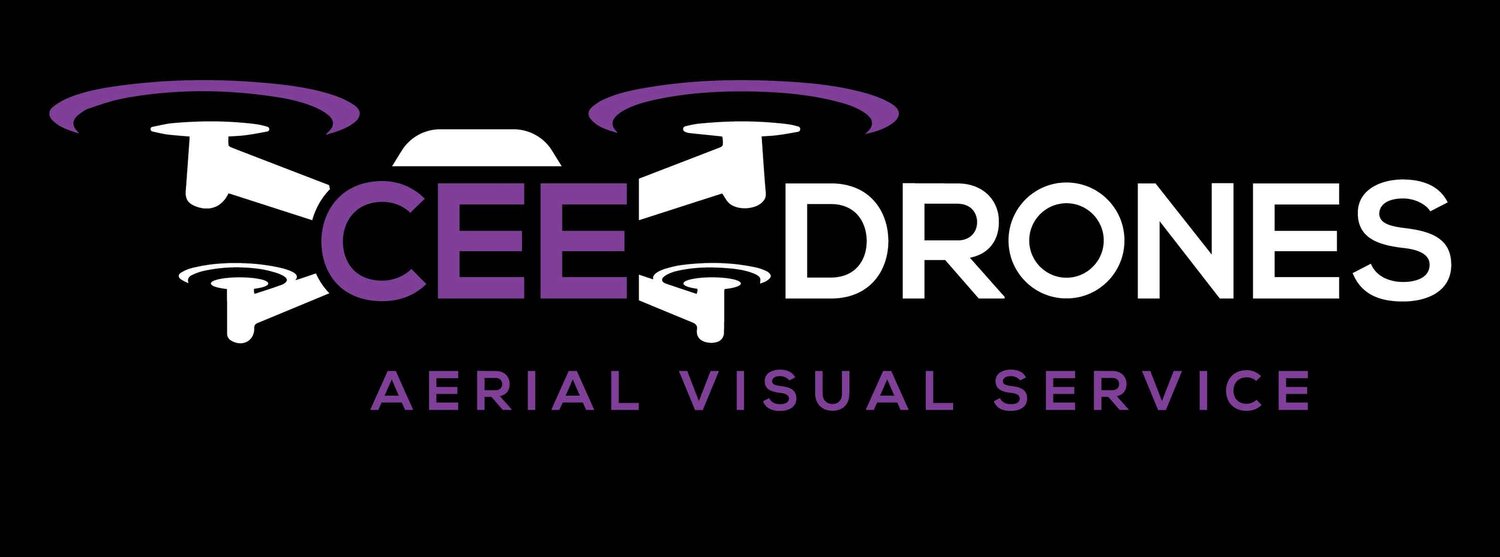Top 5 problems in construction and how drones have helped solve them.
The construction industry has always been faced with numerous challenges, ranging from safety concerns to project delays and cost overruns. However, with advancements in technology, specifically the use of drones, these challenges are being addressed more effectively than ever before. In this article, we will explore the top five problems in construction and how drones have helped solve them.
1. Site Inspections:
One of the most time-consuming and labor-intensive tasks in construction is conducting site inspections. Traditional methods involve manual measurements and visual inspections, which can be error-prone and time-consuming. However, drones have revolutionized this process. Equipped with high-resolution cameras and sensors, drones can quickly and accurately capture aerial images and collect data about the site. This enables construction professionals to obtain detailed and up-to-date information, leading to better decision-making and improved project planning.
2. Safety Monitoring:
Safety is a paramount concern in the construction industry. Drones have proven to be invaluable in improving safety on construction sites. They can be deployed to monitor potentially hazardous areas, such as tall structures or confined spaces, without putting human workers at risk. Drones equipped with thermal imaging cameras can detect heat signatures, identifying potential issues like electrical malfunctions or overheating equipment. Real-time monitoring through drones also allows for immediate response to emergencies or safety breaches, minimizing the risk of accidents and injuries.
3. Progress Tracking and Documentation:
Monitoring and documenting the progress of a construction project is crucial for ensuring its timely completion. Drones equipped with high-definition cameras can capture aerial footage and images, providing an accurate and comprehensive record of the construction site at various stages. This documentation can be used for progress tracking, quality control, and dispute resolution. Drones also enable project managers and stakeholders to remotely assess the status of a project, saving time and reducing the need for frequent site visits.
4. Inventory Management:
Managing and tracking construction materials and equipment is a challenging task, especially on large-scale projects. Drones equipped with specialized sensors and barcode scanners can automate the inventory management process. They can swiftly scan and identify materials, track their locations, and provide real-time updates on stock levels. This streamlines the supply chain, reduces the risk of theft or misplacement, and ensures that construction projects have the necessary resources at all times.
5. Quality Control and Maintenance:
Maintaining high-quality standards throughout the construction process is crucial for project success. Drones equipped with high-resolution cameras and advanced imaging technologies can capture detailed images of structures, allowing for thorough inspections. These inspections can detect defects, cracks, or other issues that may compromise the quality and durability of the construction. By identifying problems early on, construction professionals can address them promptly, saving time and costs associated with extensive repairs or rework.
Drones have emerged as a game-changer in the construction industry, addressing some of the most significant challenges faced by professionals in the field. From streamlining site inspections and surveys to improving safety monitoring and quality control, drones have proven their value in enhancing efficiency, reducing costs, and mitigating risks. As technology continues to advance, we can expect even more innovative applications of drones in the construction industry, further revolutionizing the way projects are planned, executed, and maintained.
